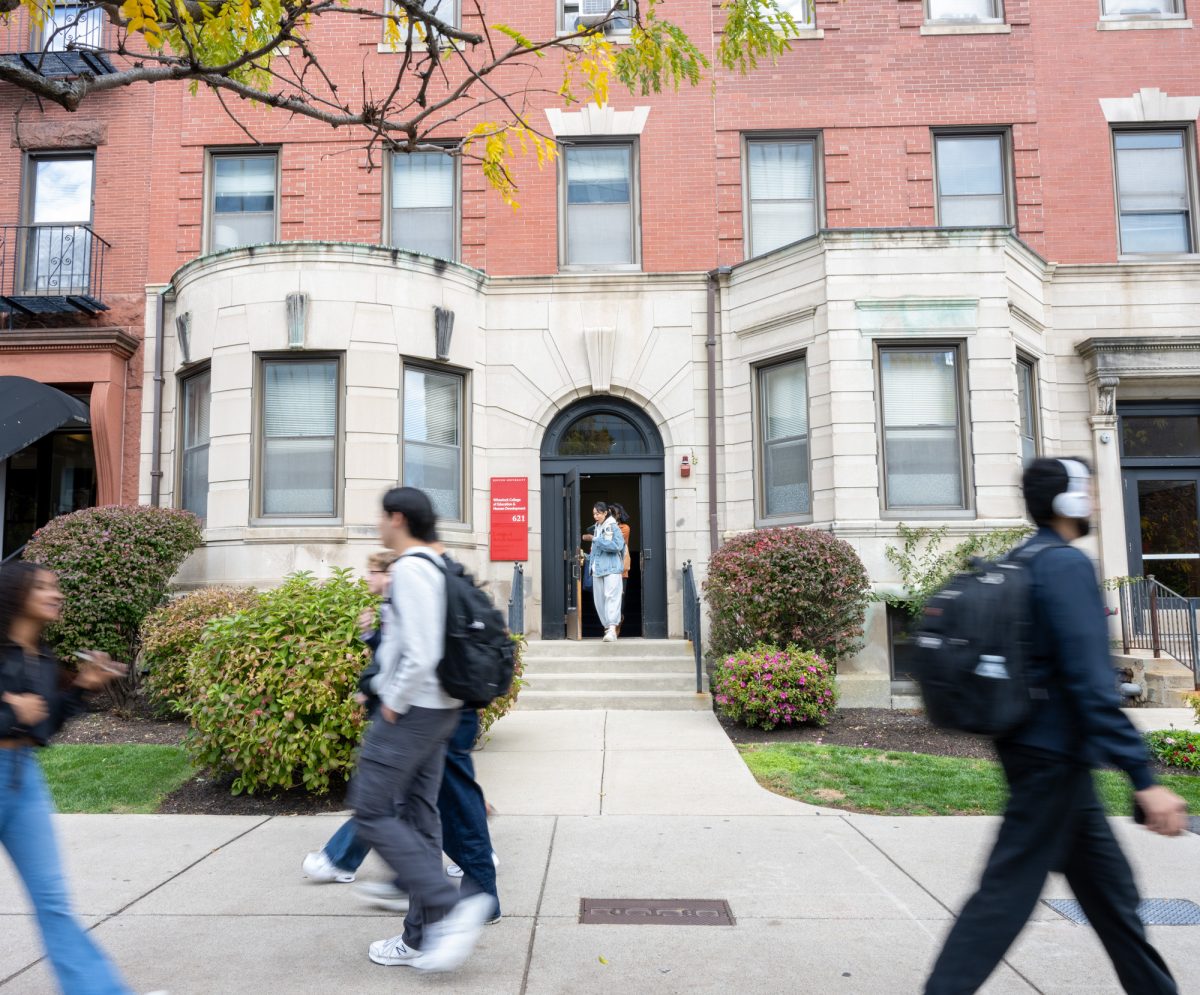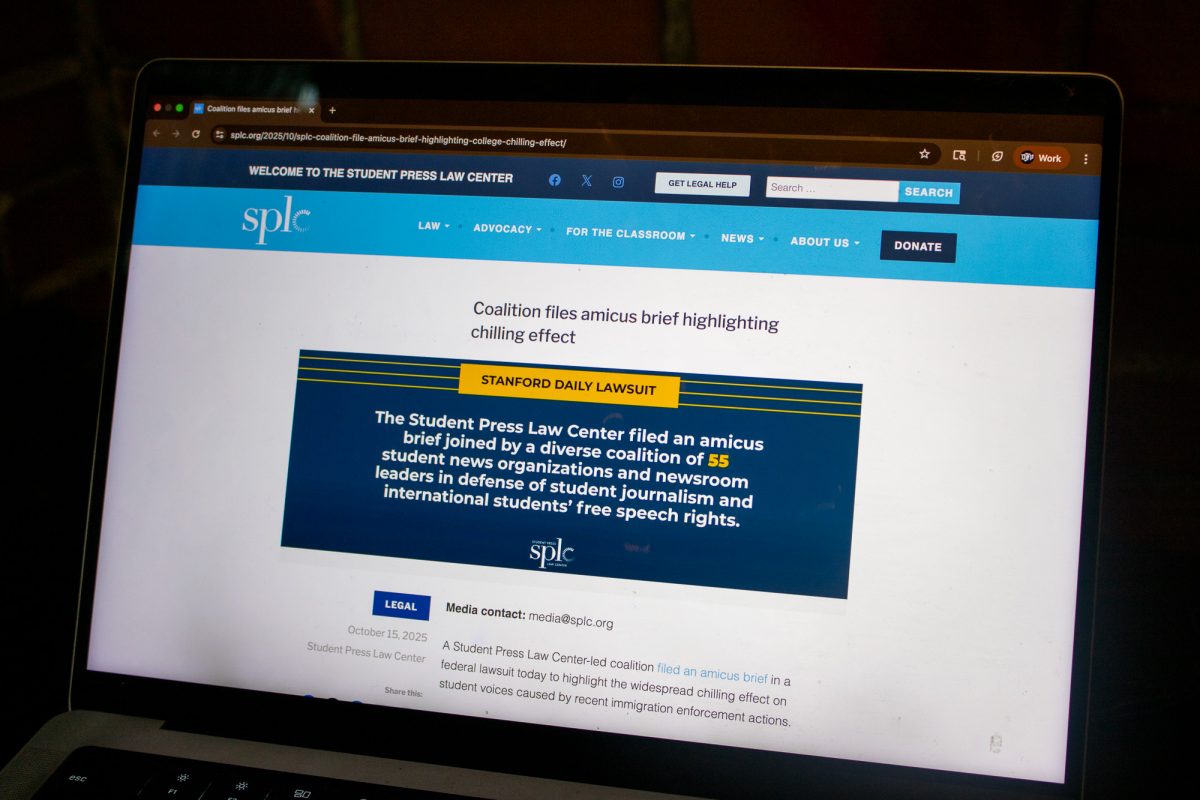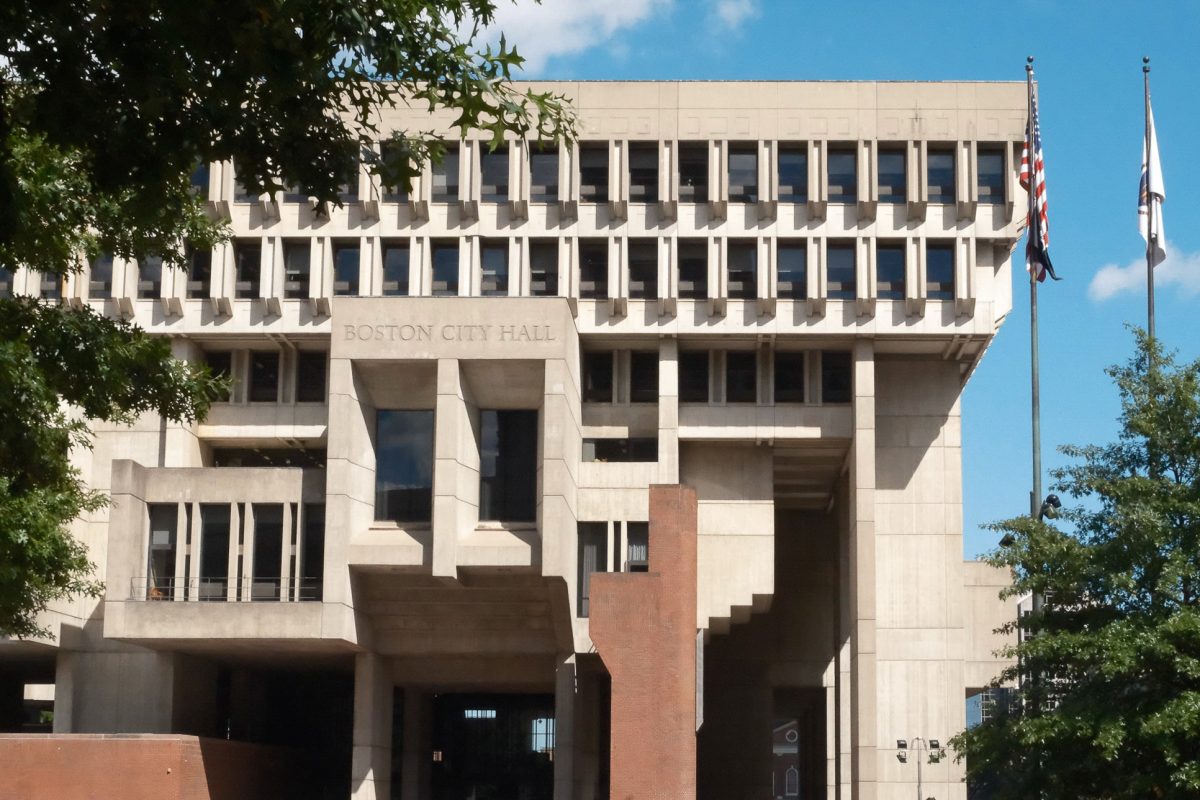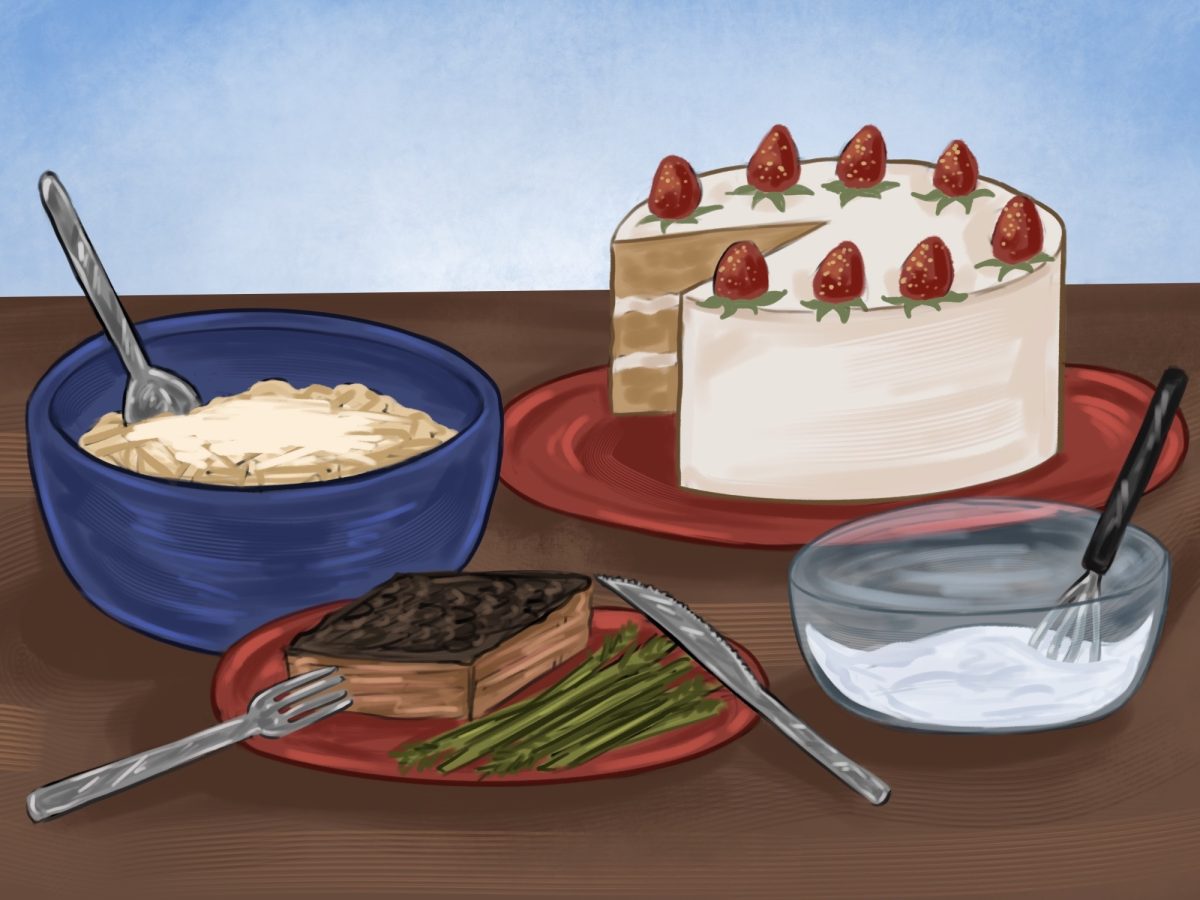Following Justice Antonin Scalia’s death and President Barack Obama’s subsequent assurance that he would nominate a successor, political punditry has revolved around the strategy Obama will use to select a nominee. The week following Scalia’s death sparked conversation on Scalia’s replacement and the nature of the Supreme Court in general.
Given Republicans’ categorical opposition to any of his appointees, Obama has nothing to lose by selecting a very liberal nominee. A liberal nominee could stir support in his party in the election year. However, it would give Republicans a way out of their PR disaster, allowing them to claim that Obama instigated the showdown by selecting an ideologically intolerable nominee.
The Obama administration quelled speculation Thursday by indicating it would not elect to use this strategy. Joe Biden said in a Minnesota Public Radio interview, “The president is not going to be able to go out — nor would it be his instinct anyway — to pick the most liberal jurist in the nation.” Likewise, White House Press Secretary Josh Earnest pointed out “a number of senior-level judges … who have actually gotten strong bipartisan support in the United States Senate.”
This is a smart move for the administration and for Democrats in the election year. It will be an opportunity for Democrats to showcase the blind intransigence that has characterized Republicans’ behavior in the Obama era.
The biggest recent electoral threat to Democrats was the election of Paul Ryan to be the Speaker of the House. Ryan promised to use Republican majorities in both houses of Congress to set out a conservative vision. In a December 2015 speech, he said, “Our number one goal for the next year is to put together a complete alternative to the Left’s agenda.”
By putting bills on Obama’s desk and forcing him to use his veto, Ryan could paint Obama as the obstructionist. Meanwhile, the Republican Party could take credit for making Washington work again. From there, it would be easy to make the appeal, “If only we had the White House too, we could make Washington work.”
By selecting a moderate nominee, particularly one who had gained unanimous Republican support for lower court appointments, Obama could expose the political posturing of Republicans. Two appellate court judges — Sri Srinivasan and Jane Kelly — have been confirmed by a vote of 97 and 96, respectively, to zero in the Senate. To withhold approval for either of those potential choices would make Republicans look rather silly.
Yet for all the heat Republicans have taken about defying precedent to obstruct this nomination, it is worth sympathizing with them to a degree. The intensely partisan nature of jurisprudence today combined with the significance of a lifetime appointment gives this moment much consequence. Perhaps risking poor news coverage for several months is worth protecting a seat on the Supreme Court that would otherwise be lost for decades.
This is one reason why we must amend the Constitution to create a term limit for justices. Terms should be 18 years, and one of the nine justice’s terms should expire every two years.
Through this method, every presidential term would come with two guaranteed appointment opportunities. This would limit chance’s effect on the selection of our most prominent jurists. And more importantly, it would negate any claim that a lame duck president has no right to nominate someone.
By entitling a president to two selections, the best hope for a Senate controlled by the opposite party would be to moderate the president’s selection. This would ultimately help soften partisan division on the bench.
This could also do more to balance the court with the mood of the country. Consider that Democrats have won five of the last six popular votes for president. Nonetheless, the court hasn’t been liberal since 1971. Evidently, this defies the liberal trend in electoral politics.
It would also keep presidents from extending their influence by picking young justices. One of the advantages of nominating Sri Srinivasan is that he’s 48. His young age would presumably give him a long tenure on the court. A term limit would make age mostly irrelevant, shifting focus back to the important qualifications a president should consider.
The framers’ primary purpose in not creating term limits for justices was to insulate the judiciary from political pressures. Today, our judiciary is unabashedly partisan. It cannot be, and will never again be, insulated from politics.
Scalia’s legacy was his doctrine of originalism — the notion that the constitution was static and not meant to be altered by updated interpretation. In a way, his ideology was right.
We were bequeathed a constitution that made provision for its own future improvement. Yet in 227 years, we’ve only exercised this option 27 times. Updated judicial interpretation is just a substitute for an amendment process that requires an unmanageable threshold of support.
It’s time voters press for simple, reasonable changes to our guiding document. A Supreme Court term limit would enshrine a fair way to allocate nominations.

























































































































Steven • Feb 22, 2016 at 11:01 am
I agree with the premise of this piece: we need term limits for Supreme Court justices. I actually wrote an essay on the topic as well, which echoes several of the points above: https://medium.com/back-page-columnist/appoint-someone-now-but-not-for-life-64da6bbddd88#.a5ahk2s4p